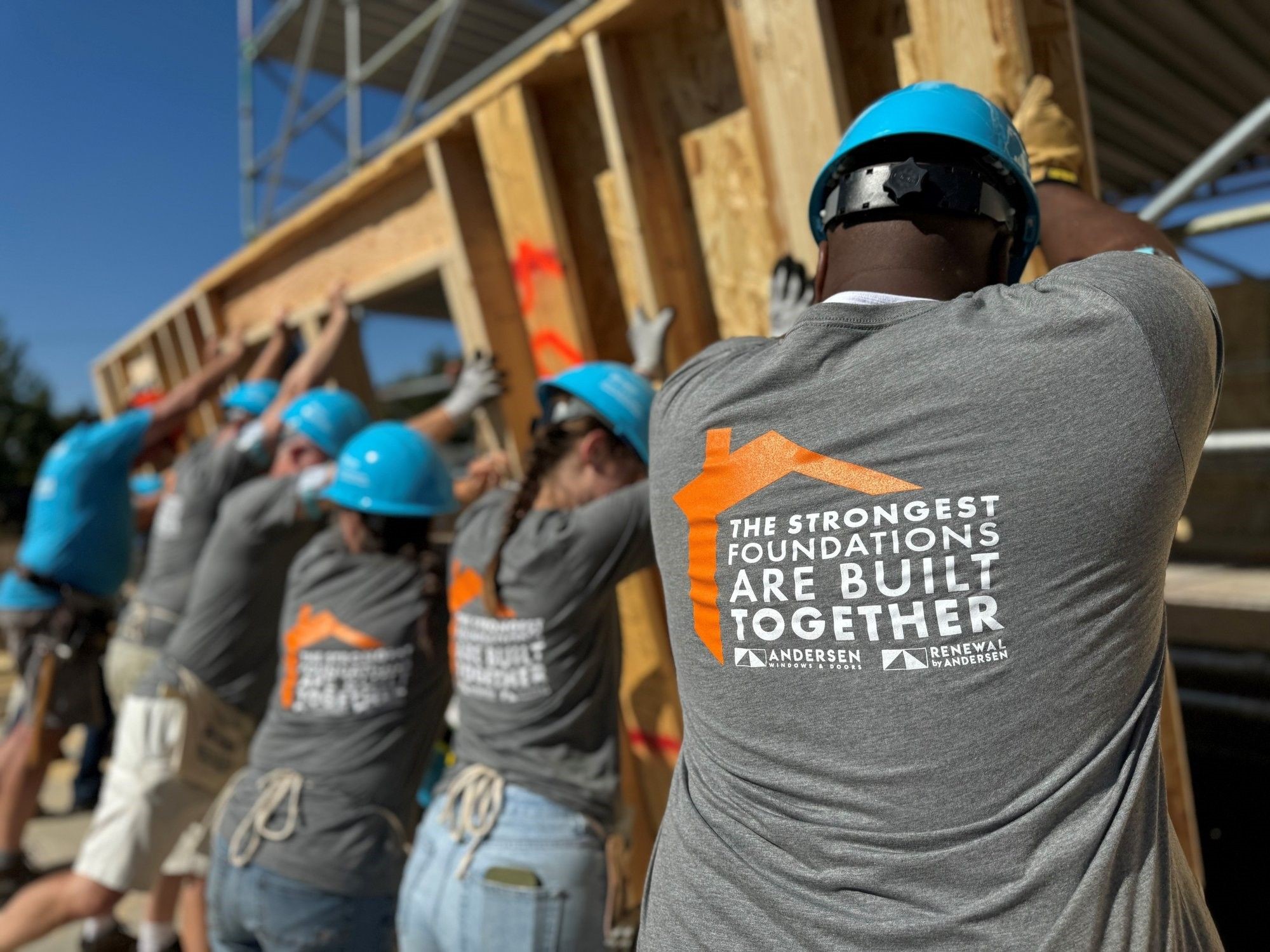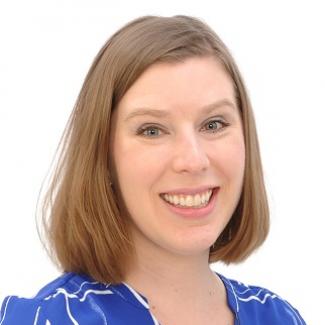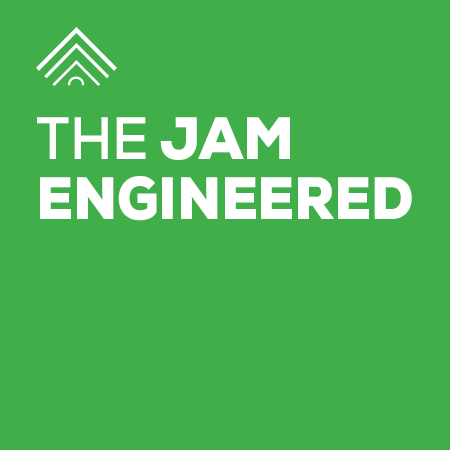A Community Mindset
How one company prioritizes philanthropy and encourages its employees to do the same

A new year causes me to dually reflect on the past and look ahead to the future. Although I love reminiscing about memories and experiences, I also firmly believe the experiences and lessons of the past help us create a brighter future if we’re willing to learn from them.
When I heard of former U.S. President Jimmy Carter’s passing, I immediately thought of his tireless work to help others even through his final years. Carter is a prime example of a person in a position of power—in this case, a past president—to create a brighter future for those in need.
In the past couple of years, I’ve noticed industry companies prioritizing community stewardship to better the areas in which they work and live—a trend that this year’s Industry Pulse Survey reflects. Last fall, I had the chance to talk with Eliza Chlebeck, Andersen Corp.’s vice president of communications and community. Andersen participated in last fall’s 38th Jimmy and Rosalynn Carter Work Project in East St. Paul, Minnesota, which coincided with Carter’s 100th birthday.
Chlebeck shares some of the project’s details and, at a larger level, why community philanthropy is such a big part of Andersen’s culture at every level of the company. “We have a super active and engaged employee base,” she says. “Habitat for Humanity is one of the organizations we partner with most strategically and holistically across our organization.”
Chlebeck estimates Andersen has supported Habitat for about 30 years, with much work being done in the Twin Cities, where a strong Habitat affiliate is based. “We also work closely with Habitat affiliates in many other communities where we have manufacturing, operations and distribution centers. We participate in builds, our employees volunteer throughout the year and we donate. It’s a great way to further support housing in the communities where our employees live and work.”
Andersen also engages at the international level with Habitat for Humanity International and supports its Advancing Black Homeownership initiative, which aims to break down the barriers to housing for black families who, historically, have had more obstacles to accessing affordable housing.
Andersen was one of the lead sponsors for the Jimmy and Rosalynn Carter Work Project and represented 150 of the 4,000 volunteers on-site throughout the week. In addition, the company donated more than 600 windows for 30 total housing units, including single-family homes, duplexes, triplexes and fourplexes, all of which are affordable housing.
“We had a team out who actually works in our 100 Series manufacturing plant in Bayport,” Chlebeck remembers. “They got to install some of the windows they make, which was a special opportunity for them. A lot of our leaders were out. It was a great opportunity to invest in affordable housing for our community and give back through philanthropy and volunteerism, and raise awareness for these types of affordable housing developments and the need for more housing stock and variety.”
This project was a kickoff to what will be a 150-housing unit build, which will be Twin Cities Habitat’s largest project to date. Chlebeck further explains this project, dubbed The Heights, is Habitat’s most sustainable development. It has solar panel roofing and special glass packages on the windows to meet energy-efficiency requirements. It’s a great example, she says, of sustainable affordable housing built at scale and creating opportunities for families at different price points.
Chlebeck says Andersen’s philanthropic mindset has been part of the company since its founding and is “integral to our culture.” “We create space for our people to engage in volunteerism throughout the year, from meal packing and volunteering at food banks to birthday bags that we give out at homeless shelters and a variety of activities that enable our people to give back.
Andersen also encourages employees to support causes important to them. Its matching donations program is open to any nonprofit an employee cares about. “We know our employees care about an array of causes around the country and world, so when they choose to share their hard-earned resources with a nonprofit, our company matches that 50% up to a cap,” she says. For employees who choose to donate their time, Andersen provides grants to nonprofits where they volunteer after a certain number of hours.



